For example, in Bao Yen district, where the largest number of frontline workers in the province is living with 34 people, 27 of them are women. In second place is Van Ban district, where there are still 32 people who served as frontline workers in the Dien Bien Phu Campaign, of which 28 are women.

After Lao Cai province was completely liberated from the French colonial rule (November 1, 1950), in the period of 1950 - 1954, along with the task of suppressing bandits, the ethnic people of Lao Cai strove to contribute human and material resources to serve the Northwest Campaign (October 1952) and the Winter-Spring Campaign 1953 - 1954, culminating in the Dien Bien Phu Victory. During those years, with the spirit of "when the enemy comes, even women fight", many Lao Cai girls in their eighteens and twenties in villages and hamlets enthusiastically volunteered to carry rice, transport food and weapons to the battlefield. The story about the will and patriotism of the female workers on the frontline in the past made us extremely impressed.

From afar, Duong Quy commune has a peaceful beauty with stilt houses of the Tay ethnic group leaning against the high mountains, in front of the green rice fields. Duong Quy is not only a land rich in cultural identity but also rich in revolutionary fighting tradition, associated with the feats of our army in the long resistance war against the French. In that place, many generations of people wholeheartedly followed the revolution, followed the call of the Party and the call of Uncle Ho to join the resistance war, liberating the homeland.

This year, she has turned 92 years old. Although her back is hunched and her eyes are not as sharp as before, Ms. Hoang Thi Thong, a Tay ethnic in Na Co village, is still healthy and can help her children and grandchildren with small tasks in the family. Especially, at her rare old age, Ms. Thong still does not forget the memories of her youth more than 70 years ago when she worked as a liaison, then joined the frontline laborers to carry rice to feed the troops fighting the French colonialists in the Dien Bien Phu battlefield.
Sitting by the door of the stilt house, looking towards the majestic Gia Lan mountain range covered in clouds all year round, Mr. Thong recalled: “Before 1950, the French colonialists occupied Duong Quy and built very solid forts. Under the colonial and feudal yoke, the people's lives were extremely miserable. Hating the cruel bandits who spread pain and suffering in my homeland, at the age of 16 or 17, I joined the army as a liaison, carrying out the secret mission of transporting documents and letters to cadres and soldiers in the area. The documents were carefully hidden on my person so as not to be detected by the enemy. I chose the forest path to travel, through the forest, over the mountains to the areas of Nam Mien, Nam Khap, Long Vang, Dan Lam... There was a trip where I had just delivered documents to the army and returned home at midnight, then received another mission. Like that for 3 consecutive years, I did not lose or misplace a single envelope or document.”
On November 16, 1950, our army won the Duong Quy fort, Van Ban district was completely liberated, the villages burst into joy. However, the French were still occupying many places, the resistance war against the French entered an increasingly fierce phase. After that, the most beautiful liaison girl in the village, Hoang Thi Thong, volunteered to be a civilian laborer carrying rice to serve the soldiers fighting on the battlefield.
“From the food warehouse in Ban Noong area, Khanh Yen Thuong commune, each person carried 20-30 kg of rice along the forest path to Than Uyen. Having worked as a liaison, often going through the forest and mountains, and being familiar with the terrain, I was chosen by the army to be the one carrying rice and leading the whole group of laborers. To avoid detection by enemy planes, the laborers mainly traveled at night. The most difficult thing was when crossing the dangerous Khau Co pass, in the forest full of leeches and mosquitoes. Once carrying rice to Than Uyen, I got sick and had a fever for a week. Thanks to the army and the locals taking care of me, as soon as I recovered, I continued to follow the group carrying rice to serve our army in fighting the French.” Mr. Thong smiled, his black teeth biting the betel nut on his lips, his eyes filled with pride about his youth.

Also in Na Co village, we met Mrs. La Thi Huong, who more than 70 years ago also joined the frontline labor force carrying rice to feed the army. It was a joy because Mrs. Huong is now 93 years old, her back is bent but her voice is still as clear as the sound of Chan stream. When we asked her about her memories of carrying rice to the soldiers, Mrs. Huong was moved to tears: Back then, no one forced her to go, but I felt sorry for the soldiers who had to fight the enemy hard, sleep in the mountains, lie in the forest, and lack food, so I volunteered to carry rice to the battlefield. When I was still at home, I also met soldiers passing by, I took a bamboo tube to hold rice and gave it to them to eat while marching. When carrying rice, we divided into groups of 5 people to walk together to avoid getting lost, although we mainly carried rice at night, we still put forest leaves on our hats and shirts so that enemy planes could not detect us...

Continuing to Chom village, Yen Son commune, Bao Yen district, we met Mrs. Luong Thi Nhot, 89 years old, Tay ethnic group - who participated in the frontline labor force for more than 3 months. During the Dien Bien Phu Campaign, Mrs. Nhot carried military provisions from Lao Cai to Sa Pa and then to Binh Lu intersection (Tam Duong district), Than Uyen district, Lai Chau province and put rice in the warehouse there. Mrs. Nhot said that carrying rice was difficult and tiring but everyone was happy because the whole village, hamlet, and women all went together.


When collecting historical documents about the frontline laborers serving the Dien Bien Phu battlefield in the past, we came to Nghia Do, Bao Yen district. More than 70 years ago, the communes along the Nam Luong stream, Nghia Do, Vinh Yen, Tan Tien, were not yet separated as they are now, but were called Nghia Do. The special thing is that in this area, the force participating in the frontline laborers were mainly young women of the Tay ethnic group. Up to now, most of the people who participated in the frontline laborers in the past are no longer alive, and some of the people who are still alive are over 90 years old.
In the story about the days of working as a civilian on the front line carrying rice to feed the soldiers, we were not only moved by the hardships and difficulties the elders had gone through, but also admired the will and optimistic spirit of a generation of young people who were willing to sacrifice their youth to liberate the nation. But it was also in the midst of bombs, firestorms, and lurking dangers that happiness sprouted, and love was lit up as beautifully as wild Ban flowers.

Talking to us, Mrs. Hoang Thi Tien, 91 years old, living in Khuoi Phuong village, Vinh Yen commune, due to old age and poor health, could not share many memories, but her husband, Mr. Hoang Van Ran, 94 years old, was still lucid and remembered many memories of the past. Mrs. Ran said that after 1952, she had participated in two trips carrying rice to feed the army, each trip carrying 20kg of rice for more than a week from Bao Ha through the forest and mountains to the gathering point in Muong Lo area (now Nghia Lo town, Yen Bai province). At that time, although Mrs. Tien lived in the same village, the two only knew each other by sight, through the trips carrying rice at night through the forest, the two gradually became close. The strong and muscular village boy Hoang Van Ran fell deeply in love with the beautiful civilian worker Hoang Thi Tien. In the midst of the bombs and bullets of 1953, the two held a simple but warm wedding.

Arriving at Ban Ria, Nghia Do commune, we were also deeply moved when hearing the story of Nguyen Thi Quynh, 92 years old. At the age of 18, the young woman Nguyen Thi Quynh volunteered to carry rice to Thiu village in Luc Yen district. She carried rice mainly at night, on moonless days, she lit a lamp and went, hearing the sound of enemy planes flying in the distance, she had to turn off the light immediately to ensure secrecy. Also during those difficult days, the girl Nguyen Thi Quynh and the Tay man named Ma Van Than fell in love. After only a few months of marriage, the two temporarily separated, one continued to work as a civilian on the front line, the other volunteered to join the army to fight the French, suppress bandits, and then fight the invading Americans. Faithfully waiting for her husband, it was not until 8 years later that Mr. Than returned in joy and happiness of reunion. No amount of enemy bombs and bullets could break the love between the two.

The love story during the war between Hoang Thi Tien - Hoang Van Ran and Nguyen Thi Quynh - Ma Van Than reminds me of the pure and beautiful love like the moonlight of the beautiful volunteer girl named Nguyet and the driver named Lam in the work "The Last Moon in the Forest" by writer Nguyen Minh Chau. Real love stories, not in novels, make us admire even more the will, determination, and optimism of a generation of young people who are willing to sacrifice their youth and personal happiness for the Fatherland.

On the journey to meet the young women who participated in the frontline laborers serving the Dien Bien Phu Campaign more than 70 years ago, we not only heard many touching stories told by the elders, but also learned more about the proud history and changes of the revolutionary homelands of the past. In the sunshine of the historic May days, Mrs. Nguyen Thi Quynh in Nghia Do commune smiled and told us that the last female laborers had finally returned to heaven and earth, and were truly proud and excited when the country was at peace, the homeland was renewed, and the people were all prosperous and happy.

Meritorious artisan Ma Thanh Soi in Ria village, Nghia Do commune, who has spent his life researching, collecting, and preserving the cultural values of the nation, and is also knowledgeable about the history of the "gateway" land of the province, shared: "More than 70 years ago, many young Tay, Mong, and Dao people here volunteered to go to war to save the country, participating in the frontline laborers carrying rice to feed the troops, paving the way for the troops to advance. People in the rear increased production to contribute rice and corn to the troops to fight the enemy. The next generation of female laborers in the frontline in the past, some joined the army, some became cadres and party members, all were exemplary and united in building their homeland."
Having the opportunity to visit this land in the atmosphere of the whole country jubilantly looking forward to the 70th anniversary of Dien Bien Phu Victory, it is a great pride to hear Mr. Ly Van Noi, Chairman of Nghia Do Commune People's Committee, inform: The ethnic people along the Nam Luong River are not only brave and resilient in the revolutionary struggle, but also dynamic and creative in labor and building new rural areas. In 2023, the homestay cluster of Nghia Do commune is honored to be one of two homestay tourist destinations in Vietnam to receive the "ASEAN Homestay" award. Along the Nam Luong River, up to now, Tan Tien commune, Vinh Yen has strongly developed the forest economy, becoming the largest cinnamon growing area in Bao Yen district, helping people's lives become more and more prosperous.

Not only in the land along the Nam Luong River, Bao Yen District, but in recent years, ethnic people in revolutionary homelands and throughout communes, villages and hamlets in the province have continued to promote the tradition of revolutionary struggle, actively building a new life, making their homeland more beautiful and prosperous.
Watch part 3: Untold story on Khau Co pass
Source










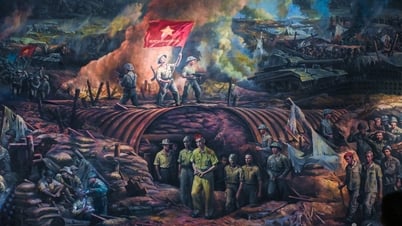


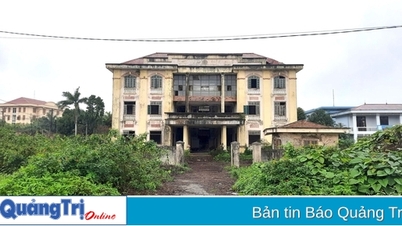




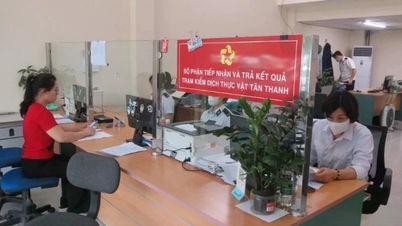

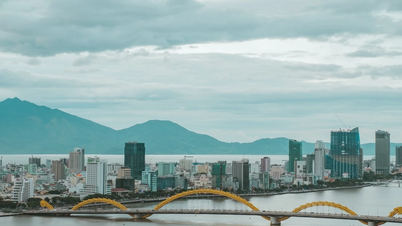

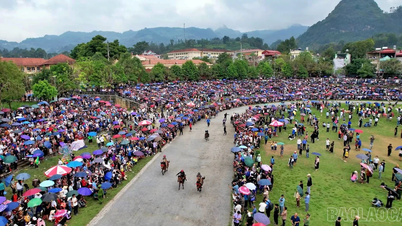
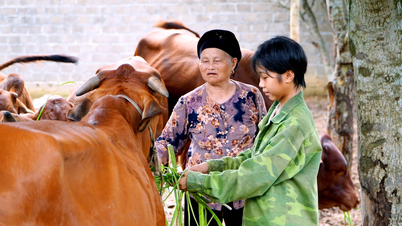
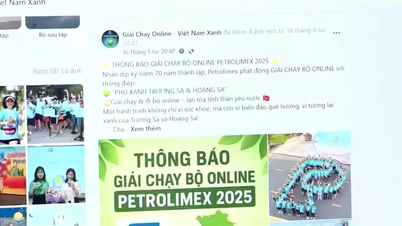




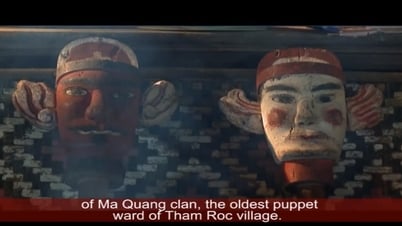
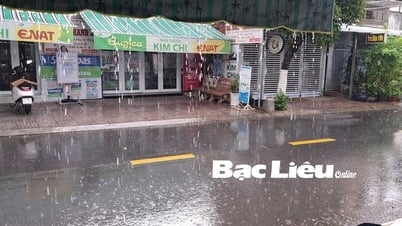
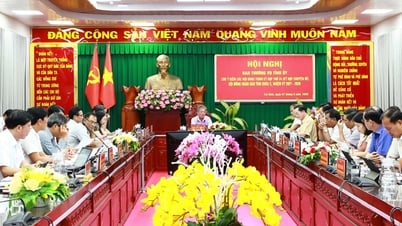
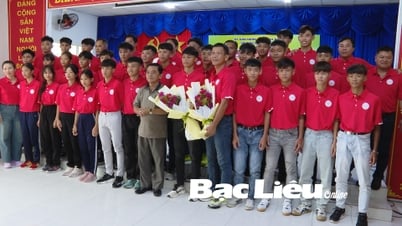
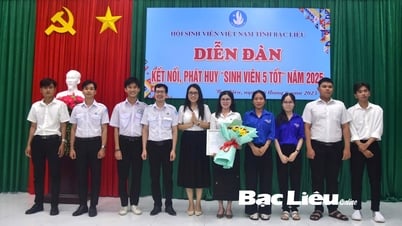


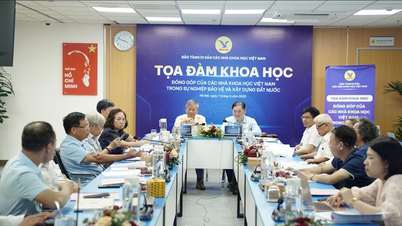




























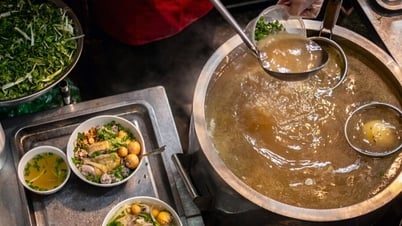

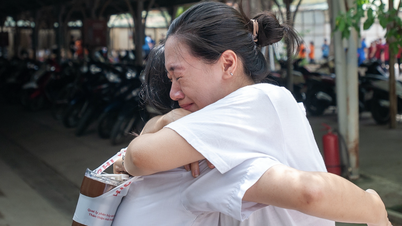





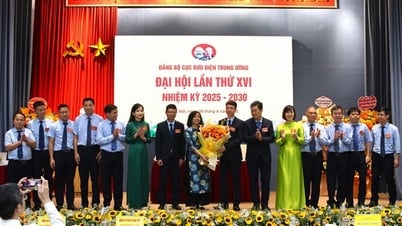






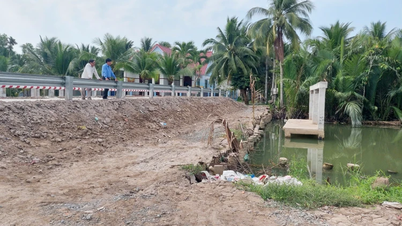

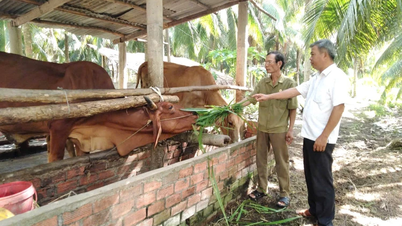




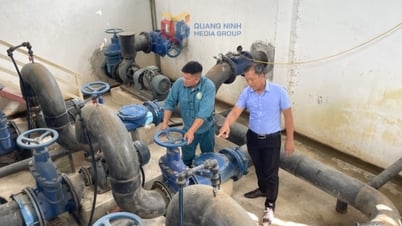
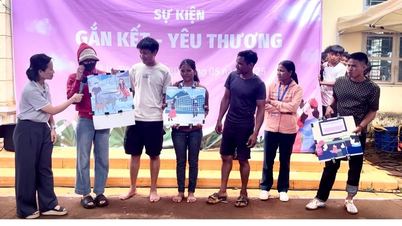









![[OCOP REVIEW] Tu Duyen Syrup - The essence of herbs from the mountains and forests of Nhu Thanh](https://vphoto.vietnam.vn/thumb/402x226/vietnam/resource/IMAGE/2025/6/5/58ca32fce4ec44039e444fbfae7e75ec)




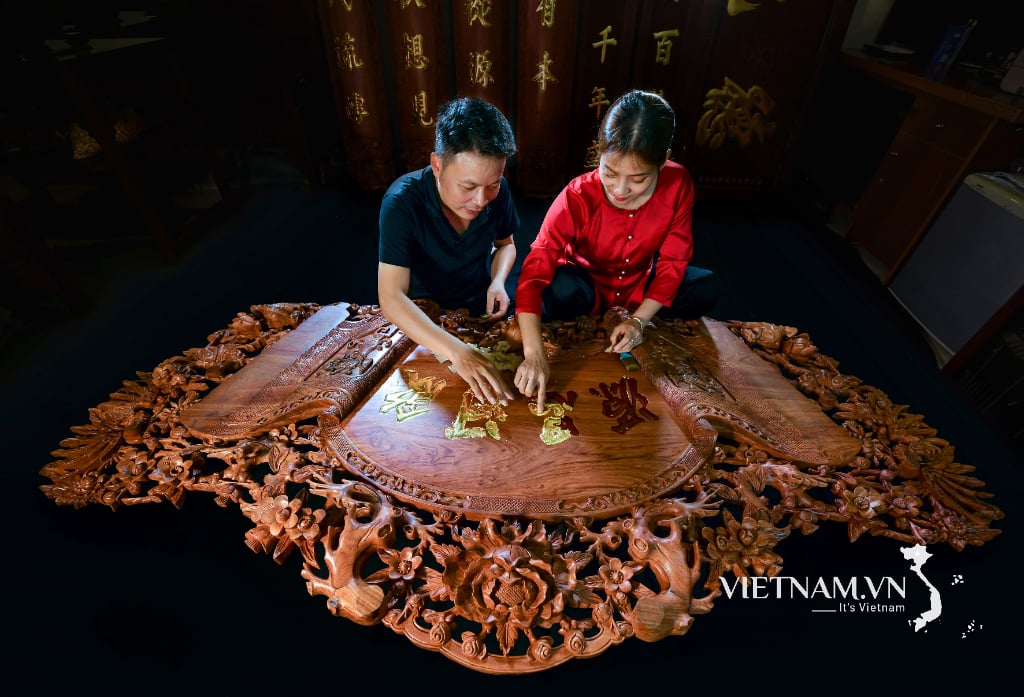


Comment (0)